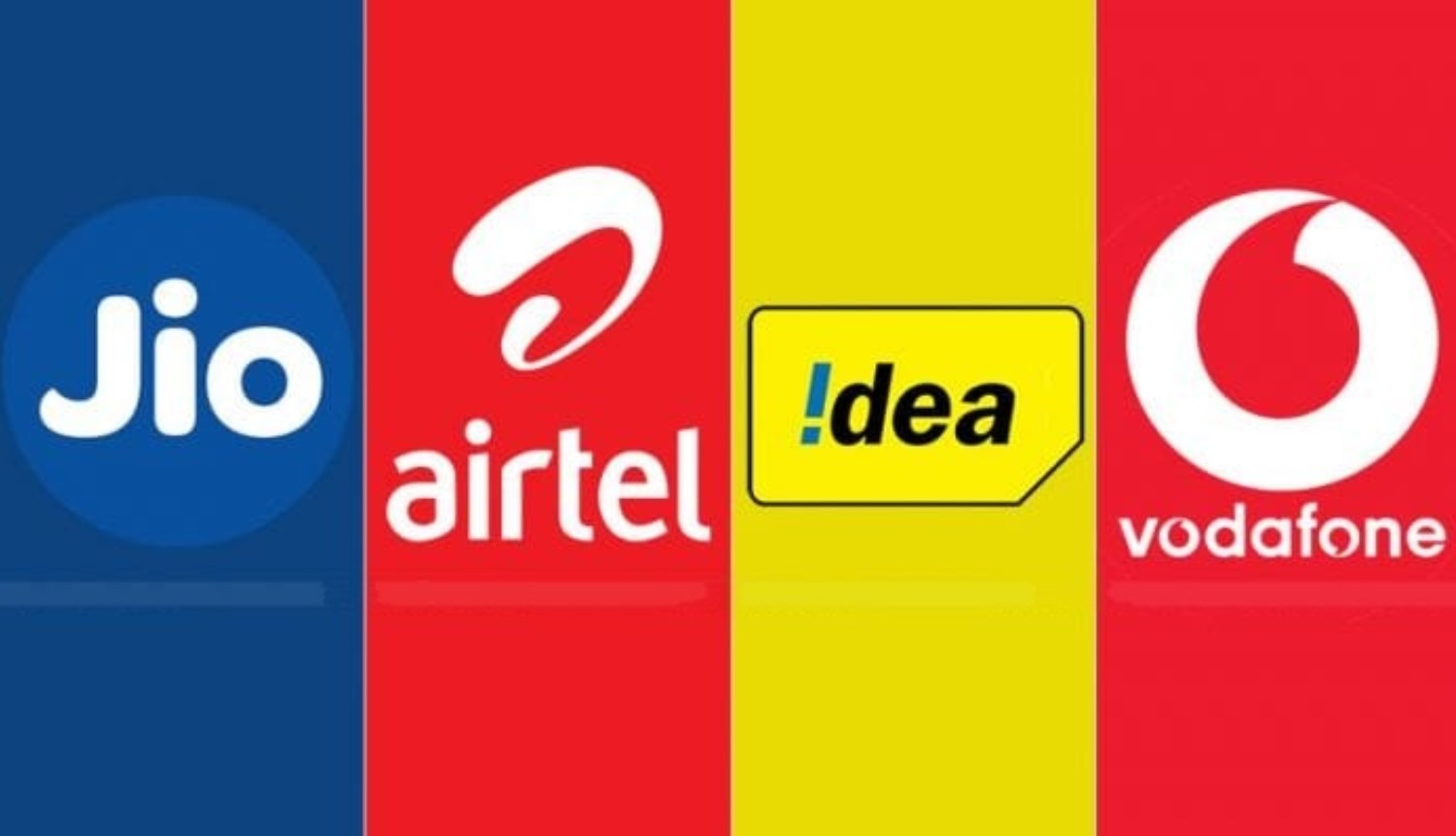
What an RJio tariff hike will mean for the telco, its rivals, and the sector
Unless Reliance Jio bridges the discount gap with Airtel and Vi, its revenues may suffer; the churn from rival networks may also hit its capacity

Tomato today costs around ₹150 a kilo in some markets across the country; the prices of most consumer durables have been rising and so has the cost of cooking oil, pulses and dairy products.
As growth returns to the economy after months of slack due to COVID, talking on the phone or watching a film on your device is going to cost more, too. Two of the three private telecom service providers in India have already announced a hike of up to 25% on entry-level voice packs for prepaid users and nearly 20% on other plans. The new tariffs come into effect from the weekend.
All eyes are now on Reliance Jio Infocomm, the market disrupter. Will it also raise tariff despite having lost nearly 1.9 crore subscribers in September? Data from sector regulator TRAI come with a lag, so the numbers for September were released only earlier this week. The data reflect subscriber churn during the summer of 2021, when the devastating second wave of COVID infections was sweeping the country. RJio lost a huge number of subscribers, and Bharti gained some (2.74 lakh). Vodafone Idea, or Vi, also lost subscribers (10,77 lakh), but on a much smaller scale than RJio.
What a hike could mean
Also, there are more questions regarding RJio’s strategy going forward. Will the quantum of its tariff increase be similar to the other two companies or lower? Before the current round of tariff hikes, RJio was anyway priced up to 20% lower than Airtel. And what about additional subscriber churn due to these hikes, since the steepest increase had been for the entry level subscriber?
The answers to these questions would indicate the impact of tariff hikes on the profitability and market share of Bharti Airtel and Vi, going forward. A query sent to an RJio spokesperson remained unanswered.
India’s telecom market has three private players together accounting for nearly 9 in 10 subscribers, and the tariff hike announced by Airtel and Vi will impact a majority of these subscribers. Nearly one in three subscribers is on the RJio network, three in 10 on Airtel and one every four is a Vi subscriber. Airtel bit the tariff bullet first, by announcing new rates where the minimum recharge is now ₹99 from ₹79 earlier for the 28-day 2G pack. The new tariff also brings along 50% more talk time at 99 minutes, 200MB data and 1paise/sec voice tariff. Vi followed suit, matching Airtel’s plan word to word.
All eyes on ARPU
While announcing the new tariffs, Airtel had said in a statement that the mobile average revenue per user (ARPU) needs to be at ₹200, and ultimately at ₹300, “so as to provide a reasonable return on capital that allows for a financially healthy business model”. ARPU refers to the average earning from each subscriber on the network.
Analysts estimate Airtel’s ARPU at just about ₹158 in the current quarter, rising to ₹175 in the March quarter of 2021-22 after the hikes — still well short of the lower ARPU target of ₹200. For Vi, the ARPU in the current quarter is just ₹109 and expected to increase to ₹125 by the March quarter.
Analysts at a Mumbai-based brokerage pointed out that RJio’s tariff plans were at 15-20% discount to Bharti and Vi’s plans earlier, and unless RJio also increases tariffs, it will likely face a capacity constraint from subscribers of the other two operators flocking to its already clogged network.
Capacity constrains for RJio
“With Bharti’s latest move, the discount has widened to 30-35%. If RJio maintains tariffs, subscriber influx from Bharti and Vi could potentially result in capacity constraints for RJio, especially in metros and urban areas. Though RJio had augmented its spectrum holdings by 45% in the March 2021 auctions, RJio’s data traffic has risen 30% in the past six months, suggesting a quick ramp-up in capacity utilisation. If RJio raises tariffs, it would boost revenue growth (which has trailed Airtel’s in recent quarters). We see a high chance of RJio announcing its new plans before the day on which Bharti’s new tariffs take effect,” said the brokerage.
While RJio will likely announce a tariff decision before this weekend, the increase already announced by Airtel and Vi could be particularly helpful for the latter. For starters, it could boost the cash-strapped company’s attempts to raise capital to repay its near-term debt obligations. For Airtel, the tariff hike would result in a welcome increase in APRU. But despite the surprise element and the quantum of tariff hikes this week, the industry-wide ARPU still remains below the 2016 levels, when RJio was not a player in India’s telecom market.
So, while the market struggles to earn from each subscriber what it was earnings five years back, if RJio continues discounting even after the latest round of hikes, the discount to its two rivals’ plans would become quite substantial. That could result in subscriber churn from the two to RJio. This churn would be driven by price-sensitive and also “less sticky” subscribers. If RJio does raise tariffs by about 20%, though, it will get a revenue and margin boost.


